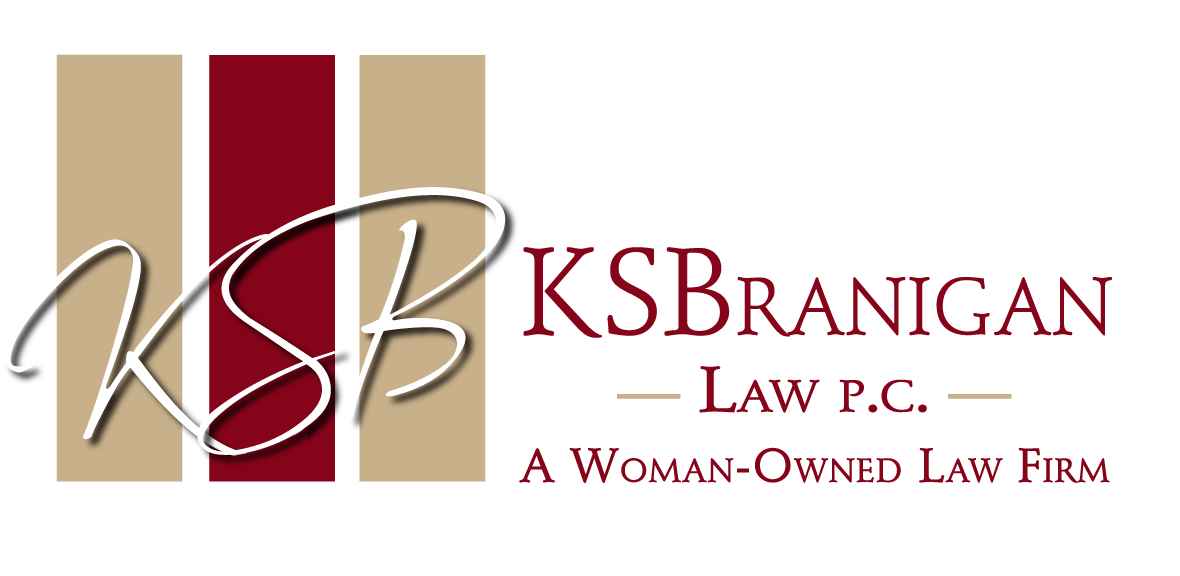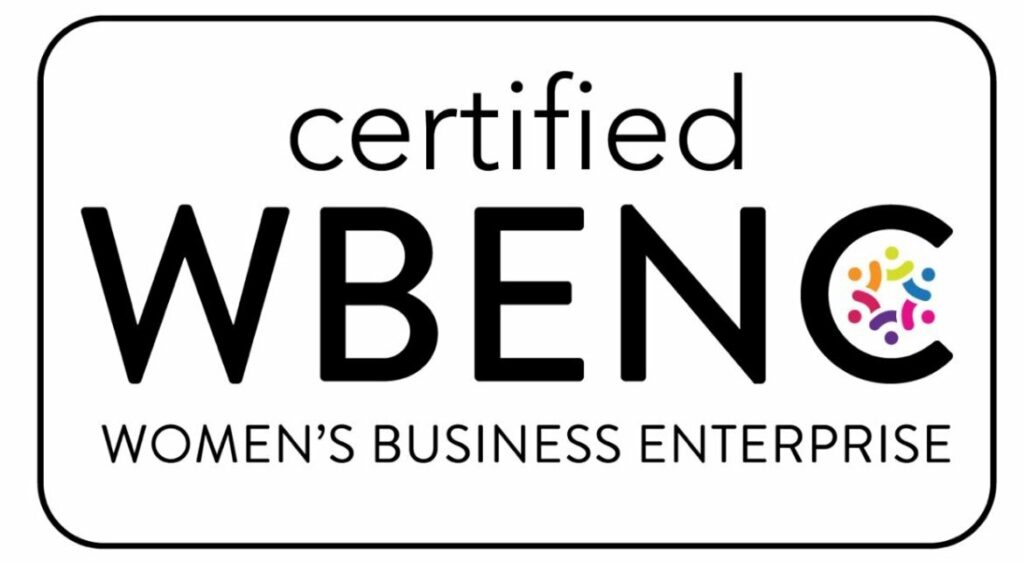In an effort to keep workplaces safe and minimize the spread of the Delta Variant of COVID-19, and following the CDC’s updated recommendations, the Occupational Safety and Health Administration (“OSHA”) updated its Guidance on Mitigating and Preventing the Spread of COVID-19 in the Workplace (the “Guidance”) on August 13, 2021.
Key among the Guidance is a recommendation that all workers, including fully vaccinated individuals, wear a face covering, as appropriate, in public indoor settings in areas of substantial or high transmission (unless an employee’s work requires a respirator or other personal protective equipment [PPE] or the worker is unable to wear a mask and needs a reasonable accommodation based on disability or religion).
The Guidance also advises employers to consider adopting policies requiring workers to get vaccinated or undergo regular COVID-19 testing, in addition to mask wearing and physical distancing, if they remain unvaccinated. The Guidance suggests that fully vaccinated workers who have a known exposure to someone with suspected or confirmed COVID-19 be tested 3 days to 5 days after exposure and wear a mask in public indoor settings for 14 days or until they receive a negative test result.
The Guidance further states that employers should engage with workers and their representatives to determine how to implement multi-layered interventions to protect unvaccinated and otherwise at-risk workers and mitigate the spread of COVID-19. Suggestions for employers include:
• Facilitating employees getting vaccinated by providing them with paid time off to obtain vaccinations.
• Instructing any workers who are infected, unvaccinated workers who have had close contact with someone who tested positive for COVID-19, and all workers with COVID-19 symptoms to stay home from work to prevent or reduce the risk of transmission of the virus that causes COVID-19. Employers should also make sure that absence policies are non-punitive, and that they eliminate or revise policies as necessary.
• Implementing physical distancing (of at least 6 feet) in all communal work areas for unvaccinated and otherwise at-risk workers. Employers should also consider limiting the number of these workers in one place at any given time by, for example, implementing flexible worksites and flexible work hours, delivering services remotely, or implementing flexible meeting and travel options for such workers. Where physical distancing is not possible, employers should erect transparent shields or other solid barriers separating workers.
• Educating and training workers on the employer’s COVID-19 policies and procedures using accessible formats and in languages the employees understand, and communicating the policies and procedures clearly, frequently, and via multiple methods. Training should be directed at employees, contractors, and any other individuals on site, as appropriate, and should include: (a) Basic facts about COVID-19, including how it is spread and the importance of physical distancing (including remote work), ventilation, vaccination, use of face coverings, and hand hygiene; (b) Workplace policies and procedures implemented to protect workers from COVID-19 hazards; and (c) Information about whom to contact with questions or concerns about workplace safety and health, and the workers’ right to raise workplace health and safety concerns free from retaliation.
• Training managers on how to implement COVID-19 policies.
• Suggesting or requiring that unvaccinated customers, visitors, or guests wear face coverings in public-facing workplaces such as retail establishments, and that all customers, visitors, or guests wear face coverings in public, indoor settings in areas of substantial or high transmission.
• Maintaining ventilation systems to limit the spread of COVID-19 in indoor workplace settings.
• Performing routine cleaning and disinfection.
• Recording and reporting COVID-19 infections and deaths.
• Implementing protections from retaliation and setting up an anonymous process for workers to voice concerns about COVID-19-related hazards.
• Following other applicable mandatory OSHA standards, including requirements for PPE, respiratory protection, sanitation, protection from bloodborne pathogens, and OSHA’s requirements for employee access to medical and exposure records.
This summary is for informational purposes only and is not intended to constitute legal advice. This information should not be reused without permission.


